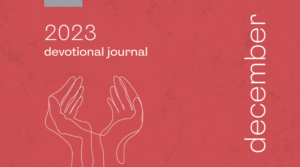Deeper ReflectionNebuchadnezzar made a 90 feet high and 9 feet wide (60 x 6 cubits)
“statue of gold” (v.1). It was “a stylised image of Nebuchadnezzar
himself, or of his imperial empire” and “a huge monument to the
Babylonian Empire itself, ‘The Spirit of Babylon.’”
23Nebuchadnezzar ruled over a great mixture of “nations and peoples of
every language” (v.7). He needed to stabilise and strengthen his relatively
young empire, and his golden statue was intended to be “a symbol of the
unity and strength of his empire.”
24 To build unity, there must be loyalty.
And this loyalty to King Nebuchadnezzar was to be demonstrated by
worshiping his golden statue (v.5). Nebuchadnezzar did not prohibit
his subjects from worshipping their own gods. They could continue to
worship their gods, “just so long as they gave priority to the official state
gods of Babylon”, symbolised by Nebuchadnezzar’s golden statue.
25For God’s people, there will be pressure from the world to compromise: to
worship the true God and its gods. It can be
pressure from authority.
26
To worship the golden statue was the king’s “command” that must be
obeyed (v.4). “Nebuchadnezzar the king” is repeated six times in verses
1 to 7, out of eight times in Daniel 3. The repetition underscores the
king’s authority. It can be
pressure to conformity.
27 The whole range
of the Babylonian civil service employees (vv.2-3) and “all the nations
and peoples of every language” worshipped Nebuchadnezzar’s golden
statue (v.7). For God’s faithful people who remain standing, “there’s a
tremendous coercion that comes from being among a whole mob of
flattened worshipers”
28 .
23 Christopher J. H. Wright, 67
24 Christopher J. H. Wright, 67
25 Christopher J. H. Wright, 67
26 Dale Ralph Davis, The Message of Daniel, The Bible Speaks Today (IVP, 2013), 52
27 Dale Ralph Davis, 52
28 Dale Ralph Davis, 52

